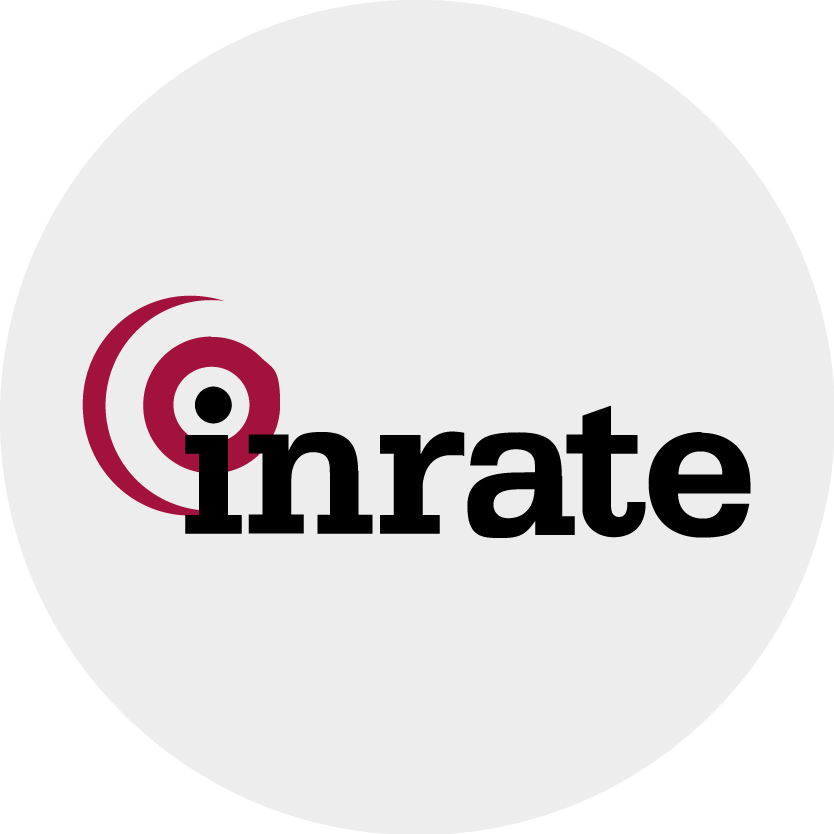Environmental, Social, and Governance (ESG) disclosure has become a strategic priority in today’s fast-changing financial landscape. Regulators are raising the bar for transparency, while investors are increasingly expecting credible, decision-useful sustainability information. For financial institutions, meeting these expectations is no longer just about compliance, it’s about staying competitive and building long-term trust.
This blog explores the evolving ESG reporting landscape, the challenges institutions face, and innovative approaches that are helping market players lead with clarity and confidence.
Why Sustainable Financial Disclosure Is Now a Business Imperative
Growing Investor & Stakeholder Pressure
Examining financial performance is no longer enough; investors now check a company’s approach to the environment, people, and management. At the beginning of 2022, the world’s sustainable investments were valued at $30.3 trillion, up by 20% compared to 2020 in areas outside the U.S.
Leading global asset managers have repeatedly emphasized that dealing with climate risks is the same as facing investment risks. Shareholders, customers, and employees are urging institutions to be more transparent about their ESG actions.
Impact of Climate Risks on Financial Reporting
Climate change can create material financial risks for businesses. Rising insurance costs, regulatory penalties, asset devaluation, and supply chain disruptions can all directly affect a company’s financial position and performance.
By integrating ESG disclosures with core financial reporting, companies can better identify, assess, and manage these risks, providing stakeholders with a clearer view of their financial resilience.
Alignment with Long-term Value Creation
In the long run, companies that embed sustainability into their strategies are more likely to outperform those that don’t. Businesses committed to ESG principles often benefit from a lower cost of capital, enhanced brand reputation, and stronger stakeholder trust.
Transparent ESG disclosures not only build credibility but also highlight how the company is positioned for sustainable, long-term growth.
Key Regulatory Frameworks Driving ESG Disclosure
With regulatory expectations evolving rapidly, financial institutions must navigate a growing number of sustainability disclosure frameworks. Some of the most important frameworks shaping global ESG reporting are as follows:
- SFDR (EU): The Sustainable Finance Disclosure Regulation (SFDR) requires asset managers and advisors to disclose how ESG risks are integrated into investment decisions, classifying products under Articles 6, 8, or 9 based on their sustainability profiles.
- CSRD (EU): The Corporate Sustainability Reporting Directive (CSRD) expands mandatory ESG reporting to nearly 50,000 companies, using the European Sustainability Reporting Standards (ESRS) to address both financial & impact materiality.
- EU Taxonomy: It offers a classification system for environmentally sustainable activities, and mandates alignment disclosures for eligible companies and financial products.
- ISSB (Global): The International Financial Reporting Standards (IFRS) Foundation’s International Sustainability Standards Board (ISSB) introduced IFRS S1 and S2 to harmonize global sustainability reporting, with growing adoption across major markets.
- TCFD: The Taskforce on Climate-Related Financial Disclosures (TCFD) provides a globally recognized framework for disclosing climate-related financial risks. its recommendations underpin regulations in the U.K., Japan, and several other jurisdictions.
- SEC Climate Disclosure Rule (U.S.): The Securities and Exchange Commission (SEC)’s Climate Disclosure Rule requires listed companies to report on climate-related risks, governance, and GHG emissions (Scope 1 and 2, with conditional Scope 3).
- UK SDR: The UK Sustainability Disclosure Requirements (UK SDR) have introduced sustainability labeling and disclosure rules aligned with TCFD and ISSB, tailored for U.K.-based financial products.
- GRI Standards: The Global Reporting Initiative (GRI) standards are a widely used voluntary framework focusing on impact materiality, often referenced by regulations such as the CSRD.
- ECB & PRA Supervisory Guidance: European Central Bank (ECB) & Prudential Regulation Authority (PRA) guidance requires banks and insurers to integrate climate risks into governance, strategy, and risk management disclosures.
Together, these frameworks are improving transparency, comparability, and accountability in ESG reporting worldwide.

ESG Disclosure Challenges Faced by Financial Institutions
1. Data Collection & Verification
Reliable ESG disclosure requires high-quality data, yet institutions often face fragmented or incomplete datasets, particularly when tracking Scope 3 emissions across supply chains. Variability in data formats and limited historical records add to the complexity.
2. Standardization & Comparability
The coexistence of multiple frameworks such as GRI, TCFD, SASB, and ISSB makes it difficult to compare disclosures and increases reporting fatigue. Institutions often must tailor the same data to different audiences and standards.
3. Navigating Multiple Jurisdictions
Firms operating across regions must comply with overlapping and evolving ESG requirements. For instance, an EU-based bank may have to align with SFDR, CSRD, and SEC requirements, each with unique expectations and timelines.
4. Auditability & Regulatory Assurance
As ESG data becomes subject to assurance, firms must establish robust tracking systems. The increasing demand for audit-ready disclosures calls for ESG governance structures on par with financial reporting processes.
Innovative Solutions Shaping the Disclosure Landscape
1. ESG Reporting & Carbon Accounting Software
Platforms such as Persefoni, Sphera, and CarbonTrail streamline ESG reporting and carbon accounting by consolidating data across operations and supply chains.
2. AI-powered ESG Intelligence
AI tools such as Datamaran analyze regulatory updates, stakeholder sentiment, and external risks using real-time data. These technologies help institutions stay ahead of disclosure requirements and ESG trends.
3. Blockchain for Transparency
Solutions such as IBM’s Green Horizon and EY’s OpsChain ESG use blockchain to ensure that ESG data remains tamper-proof, verifiable, and traceable—supporting trusted reporting and tokenized carbon tracking.
4. Automation and Integration with Core Systems
ESG platforms are increasingly being embedded into ERP and CRM systems, automating data flows and reducing manual errors. API integrations allow ESG metrics to influence lending and investment decisions in real time.
Trends Financial Institutions Should Monitor
1. Rise of Double Materiality
Introduced in the CSRD, double materiality requires companies to disclose how sustainability issues affect them financially and how their activities impact society and the environment. This dual lens is redefining risk and opportunity assessments.
2. ESG in Risk Management and Credit Evaluation
Financial institutions are embedding ESG data into credit scoring and risk models. Asset managers and lenders are aligning portfolio evaluation with ESG exposure and performance indicators.
3. Regulatory Focus on Greenwashing
Scrutiny of misleading ESG claims is intensifying. Cases such as the DWS investigation highlight the consequences of non-compliance. Regulators such as the SEC are ramping up enforcement to ensure the credibility of sustainability claims.
4. AI for Scenario Analysis
Tools such as ClimateAI and Jupiter Intelligence use Artificial Intelligence (AI) and satellite data to model physical and transition risks under different climate scenarios. These forecasts are being increasingly used in insurance underwriting and investment planning.

How Financial Institutions Can Future-proof ESG Reporting
1. Build Scalable ESG Infrastructure
Cloud-based ESG tools enable institutions to scale reporting capabilities with changing regulations and the growing demand for data.
2. Align ESG Metrics with Internal KPIs
Integrating ESG into executive performance metrics is becoming standard. According to PwC, 45% of FTSE 100 companies now link ESG targets to executive compensation.
3. Collaborate with External Experts
Working with ESG data providers and consultants enhances accuracy and credibility. For example, BlackRock draws from more than 1,200 ESG indicators across multiple vendors.
4. Train and Upskill Teams
Ongoing education via workshops, certifications, and scenario planning ensures that internal teams stay aligned with evolving ESG requirements and best practices.
Conclusion: Embracing Innovation to Stay Compliant and Competitive
As ESG regulations mature, financial institutions must move beyond compliance to build transparency and trust. Digital tools, data-driven strategies, and integrated systems are critical for making ESG reporting future-ready.
Those leading in ESG reporting today are shaping the financial systems of tomorrow—ones that are more accountable, resilient, and sustainable.
Sources
- Global Sustainable Investment Review 2022
- Regulation – 2019/2088 – EN – sfdr – EUR-Lex
- Corporate sustainability reporting – European Commission
- Linking executive pay to ESG goals.
- ECB supervisory guides
- GRI – Standards
- Sustainability Disclosure Requirements: Implementation Update 2024 – GOV.UK
- SEC.gov | The Enhancement and Standardization of Climate-Related Disclosures for Investors
- EU taxonomy for sustainable activities – European Commission
- IFRS – International Sustainability Standards Board
- EU taxonomy for sustainable activities – European Commission


